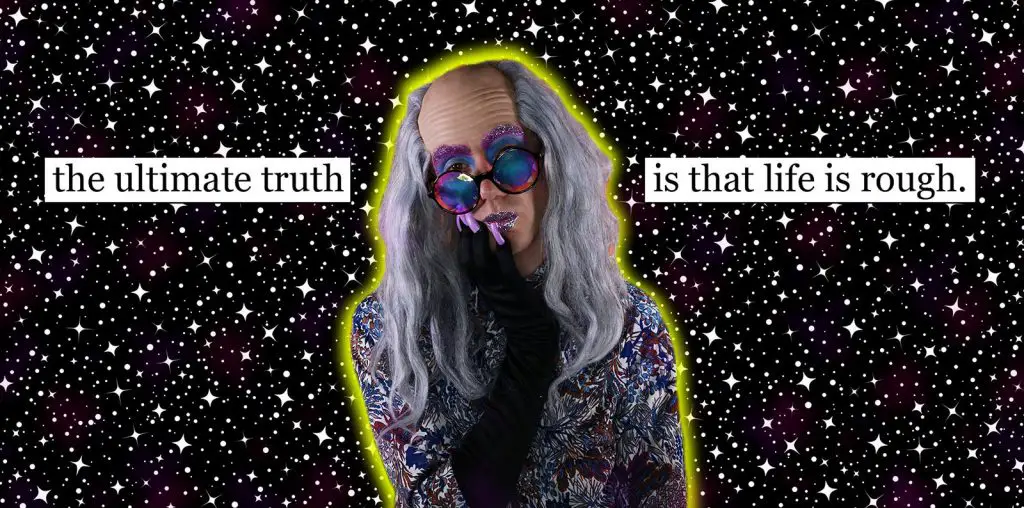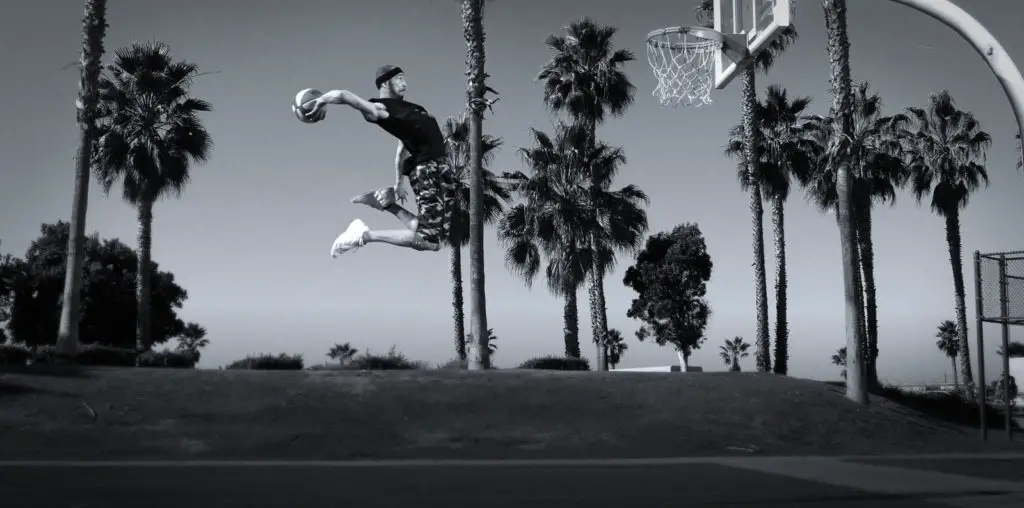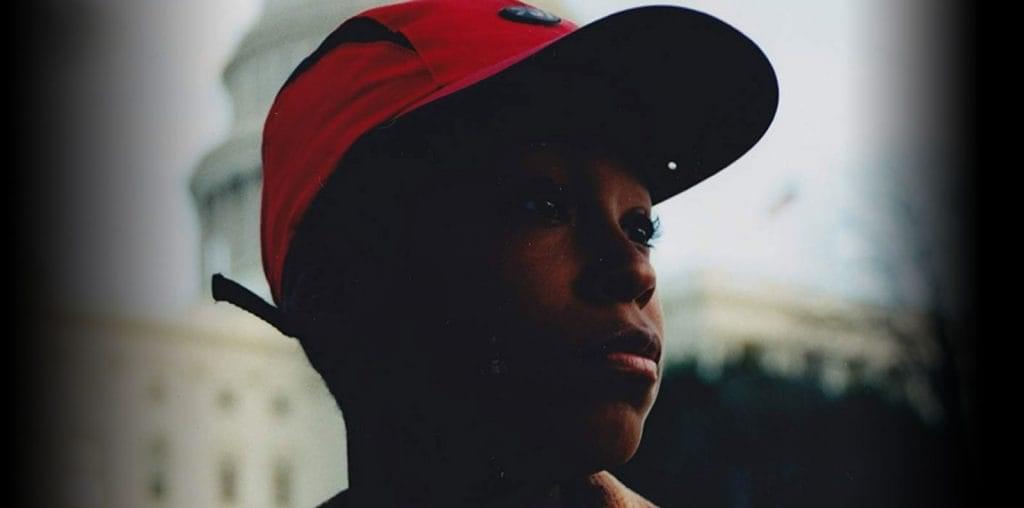
BOOTLEG FILES 336: “Little Red Riding Hood…” (1922 Walt Disney animated short).
LAST SEEN: Available on various online video sites.
AMERICAN HOME VIDEO: Presented by a few labels specializing in public domain titles.
REASON FOR BOOTLEG STATUS: A lapsed copyright.
CHANCES OF SEEING A COMMERCIAL DVD RELEASE: Like most orphan films, it is doomed to public domain hell.
In 1980, the American Film Institute (AFI) issued its list of the 10 most sought-after lost films of all time. While several of the entries were no-brainers – “London After Midnight,” the full-length director’s cut of “Greed,” “The Rogue Song” – there was a surprise in the mix with the inclusion of the 1922 Walt Disney cartoon “Little Red Riding Hood.” At the time, there was some grumbling that the presence of this obscure animated short was brought about by Disney’s lobbying. However, AFI associate archivist Larry Karr later admitted: “I picked the Disney for the Disney name. They weren’t asked, other to verify that they didn’t have it.”
Eighteen years after the AFI list was published, news came from London that a print “Little Red Riding Hood” was located. A private collector had acquired a pirated print in the late 1970s for £2, but was unaware of its value because the copy had another title – “Granny Steps Out.”
So what is the story behind the story? Back in 1922, the young Kansas City-based Walt Disney ran the tiny Laugh-O-Grams and was making animated advertisements for local businesses and minute-long cartoon skits called “Lafflets” for the Newman theater chain. Eager for wider recognition and deeper success, Disney secured an $11,000 contract to produce cartoons that would be theatrically distributed by Pictorial Clubs Inc. A $100 advance got the ball rolling and “Little Red Riding Hood” was the first of six animated shorts created under this deal. Just who created “Little Red Riding Hood” is open to debate: some sources insist that Disney handled the animation, while other sources credit Rudolph Ising as being the chief artist on the project.
“Little Red Riding Hood” begins rather badly. The scene is a kitchen where a zaftig mother is throwing dough into the air while a cat shoots at the dough with a rifle. As a result of the feline marksman, doughnuts get created. While this is happening, a laughing old bald man with a long white beard watches from a picture frame hanging on the wall. The man’s beard hangs out of the picture frame, which makes it unclear whether he is real or a bizarre three-dimensional image come to life.
The dough shooting seems to go on endlessly, until the cat decides to taste one of the doughnuts. He immediately gets sick and drops dead. Nine ghostly spirits parade from his body (complete with a numerical countdown in the corner of the screen) before two feline paramedics arrive to carry the corpse away.
The mother (seemingly unbothered by the death in her kitchen) calls to Red Riding Hood to deliver the doughnuts to Grandma. Our heroine goes to “Red Riding Hood’s Garage” (what?) and drives off in a car that is powered by a dog chasing sausage links hanging off a stick above his head. When the car gets a flat tire, Red inflates a doughnut with a few vigorous blows and uses it as a spare tire.
If that’s not weird enough, the wolf shows up. Forget the traditional canine villain – this wolf is a dapper male in a top hat who drives a fancy convertible. He stops and engages Red in conversation, and then he decides to take advantage of the fair lass. He drives off in a wacky short cut to Grandma’s house – at one point, his convertible careens off a cliff and the tires start flapping like wings! He gets to Grandman’s house and discovers a note on the door that says the old gal is at the movies. The wolf sneaks into the house, and when Red shows up the house literally begins to shake and jump in violent tumult.
The dog that powered Red’s car witnesses what happens and runs off for help. A handsome young aviator is standing by his airplane and the dog comes to him for assistance. The pilot and the pooch take off and lower a skyhook on Grandma’s house, causing the entire structure to become dislodged. The pilot swoops down to rescue Red while the wolf gets in his convertible to escape. However, the pilot lowers his skyhook on the wolf’s car and brings it into the air before dropping it in a lake. Red and her aerial hero begin smooching while the dog covers his eyes in embarrassment.
Does any of this sound amusing? Not unlike many once-lost films that are rediscovered, “Little Red Riding Hood” is not as exciting as people wished to imagine. It is fairly typical of Disney’s silent film output: stiffly animated, violently surreal rather than funny, and strangely lacking in charm and personality. The short is basically a skein of disconnected sight gags that are fairly lame in their own right and monotonous when stitched together.
Strangely, the theatrical poster for “Little Red Riding Hood” bears absolutely no resemblance to anything in this short. Red is presented as being much more demure and feminine, while the wolf is a bipedal canine complete with big eyes, big ears and big teeth.
Disney had high hopes for this film, but they proved to be in vain. Pictorial Clubs Inc. went bankrupt before honoring its contract with Disney. As a result, his Laugh-O-Grams company went bust by the end of 1922. Disney’s financial situation became so dire that he was reduced to sleeping at a friend’s house using a public bath at a local train station for a once-a-week personal hygiene regimen. Of course, we all know that he eventually turned his life and career around, so the story has a happy ending.
As for “Little Red Riding Hood,” it is unclear how Disney lost track of the film or how it wound up in London (the original contract said nothing about European distribution). Some biographical sources speculate whether the film was ever distributed, though it clearly found its way out into the world. Crummy copies of the surviving print found their way into release, and the short can be seen today on several online video sites and through DVDs released by companies specializing in public domain titles.
When “Little Red Riding Hood” was rediscovered, Disney biographer John Canemaker was quoted in the media as saying that this was “our first chance to see the origins of what would become the Disney empire and style. It’s a bit like finding the acorn that grew into the oak.” Looking back at this old cartoon, it is astonishing to consider that the animated acorn didn’t grow into a stinkweed instead.
IMPORTANT NOTICE: The unauthorized duplication and distribution of copyright-protected material, either for crass commercial purposes or profit-free s***s and giggles, is not something that the entertainment industry appreciates. On occasion, law enforcement personnel boost their arrest quotas by collaring cheery cinephiles engaged in such activities. So if you are going to copy and distribute bootleg videos and DVDs, a word to the wise: don’t get caught. Oddly, the purchase and ownership of bootleg videos is perfectly legal. Go figure!



A little harsh, don’t you think? It’s really just a student film, with some signs of Disney’s promising potential. Plus, compared with alot of the other animated films of that era, it’s not that bad…